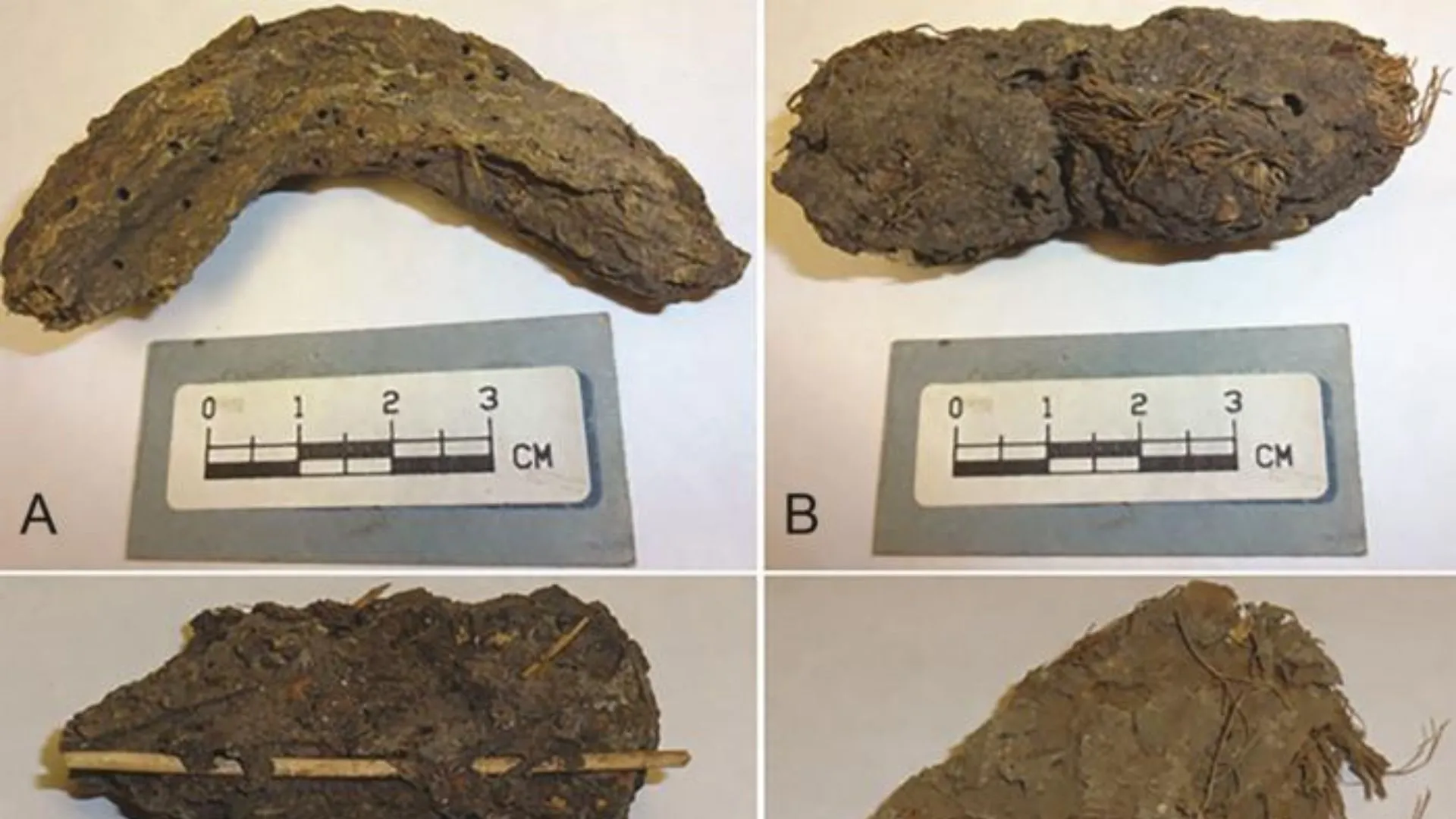Copyright Interesting Engineering

DNA analysis of 1,100 to 1,300-year-old dried human feces has provided insights into the pathogens that afflicted ancient Mexican people. The team led by Indiana University in the US analyzed ten samples of ancient dried human feces uncovered from Mexico’s Cave of the Dead Children (La Cueva de Los Muertos Chiquitos). “Working with these ancient samples was like opening a biological time capsule, with each one revealing insight into human health and daily life from over a thousand years ago,” said Drew Capone, the study author, in a press release on October 22. Pathogen identification The feces sample belonged to the Loma San Gabriel people. This prehistoric group inhabited a major portion of northwest Mexico, encompassing what is now Durango, western Zacatecas, and southern Chihuahua. Ancient feces are an important data source regarding the intestinal parasites that affected ancient human populations. However, the degradation of microbial DNA with time has limited the scope of such analyses. To overcome this challenge, Capone and colleagues employed highly refined and sensitive fecal analysis techniques on ten samples of human feces. The study successfully identified genetic signatures for a diverse collection of gut parasites within the ancient fecal samples. Among the notable discoveries were several pathogens never before detected in ancient feces, including the protozoan Blastocystis and multiple strains of the bacterium E. coli. Other pathogens, such as pinworm, were especially prevalent and found in most analyzed samples. This evidence suggests that various intestinal parasites were common among the ancient people and points toward the potential for widespread intestinal infections in that population. Proof-of-concept of the technique The discovery of a high prevalence of gut parasites within the analyzed samples suggests that intestinal infections and poor sanitation were widespread among the Loma San Gabriel people. However, the study authors caution that these findings are based on just 10 fecal samples. They propose that future research involving a greater number of samples will be able to provide a more comprehensive and accurate assessment of the full spectrum of pathogens that affected these ancient cultures. Furthermore, identifying certain human-specific pathogens validates this DNA analysis technique as a reliable method for distinguishing human feces from the waste of other animal species. “There is a lot of potential in the application of modern molecular methods to inform studies of the past. Highly sensitive and specific targeted assays can complement sequencing approaches when specific targets are of interest,” said Joe Brown, the study author. “We look forward to continuing this collaborative work to understand better the presence and movement of pathogens in ancient samples,” Brown added. This paleomicrobiology study shows how cutting-edge scientific techniques can reveal ancient populations’ previously hidden health histories. A separate recent study analyzed the exceptionally well-preserved remains of a young adult male who died in Mexico 1,000 years ago. It led to identifying specific bacteria in the man’s gut, with some of these bacterial types also found in the modern human microbiome.



